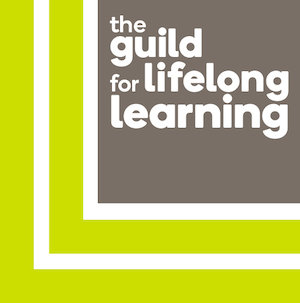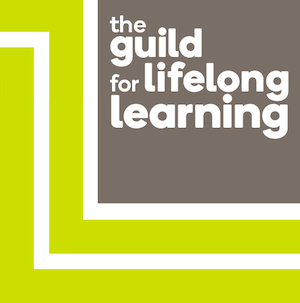Course synopsis
Sketching is a quick drawing method that aims to capture the essence of an object or an idea, often used as the first step before creating a more detailed piece.
Sketching is a skill that can be learnt by all to capture the three-dimensional structure of something you observe, by simplifying its shape, subdividing it into its parts and showing how these parts are connected to each other. Just a pencil, a ball-point pen or a fine-liner are needed and the willingness to give your time and attention.
We also make a sketch when we have an idea for a picture in our head and we want to plan this picture and later paint or draw it with mediums for example watercolours or acrylic paints. Making a sketch is the first part of this process as you put your ideas onto paper, develop them visually and then make a sketch that shows the picture’s parts in their compositional relationship to each other.
The course highlights the practical and professional advantages of sketching, making it particularly valuable for those pursuing a creative career. For anyone aged 16 and above who is interested in developing their practical creativity in drawing, painting, or sculpture, sketching is an essential skill to acquire.
If you use a ‘grid’-method to copy photographs or other people’s artwork, then sketching is for you. Investing time to learn how to sketch will develop your own creative approach as you learn to trust your observations and believe in your ideas. Sketching skills will make you independent from having to copy other artist’s pictures because you can now make your own choices about what you want to draw or paint and how you visualise your choice of themes in a picture.
Sketching is a rewarding creative activity in its own right. However, all your other practical work in the visual arts, be it on a course or when working on your own, will immensely benefit when you can sketch. Learning to sketch will communicate the three-dimensional aspect of the things that you draw or paint. Working from two-dimensional reference images will not provide this.
We will work in our sessions in two areas.
Firstly, we will draw objects that we see in front of us. Learners are encouraged to bring in objects they would like to sketch, and Sabine will demonstrate how to draw as you go for the three essential steps of sketching – simplifying, subdividing and correcting. In our sketching group we will discuss how we progress on our creative journey, sharing with others what is difficult, what has worked and what might be the next step.
Secondly, we will learn how to make a sketch of a visual idea that we have in our head. Learners can bring in ideas for pictures that they would like to make and will be guided to visualise these and understand the steps that are required to proceed with this.
Sketching is a form of observational drawing that allows you to deeply engage with the world because drawing the form of things will make you muse about the reasons for the construction principles of human-made objects, things that have grown or about the forms of a landscape. It will make you connect with the forces at large when things become formed in nature and in human fabrication processes.
Learners need to bring:
Soft pencils, e.g. 4B
Medium hard pencils, e.g. 2 B or HB
Pencil sharpener
A ball-point pen
Paper – any A4 size paper of larger will do, larger sizes are good too, too have. Sabine has got A2 cartridge paper at 25 p/sheet that you can by in our session. But, please, also bring your own paper.
We begin on Monday 15th September for six weeks
This course will now begin on 22 September
Book your place
| Time/Place | Price | Sessions | Quantity |
|---|---|---|---|
Autumn block two 2025/2026 2025/2026 mondays, 16:45 - 18:45 | £83 | 5 |
Note: places on courses and events are only reserved once purchased.
About the teacher
Sabine Kussmaul
Sabine trained as a fashion designer with the aim to combine a fascination for drawing with the exploration of the sculptural potential of the human figure. After some time...

